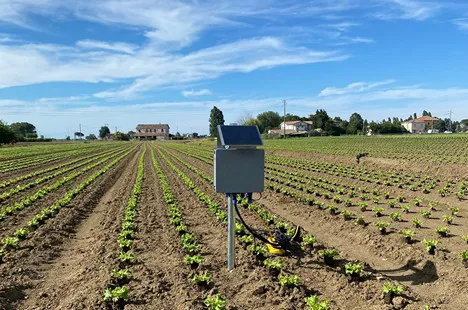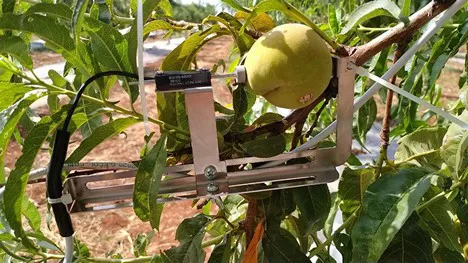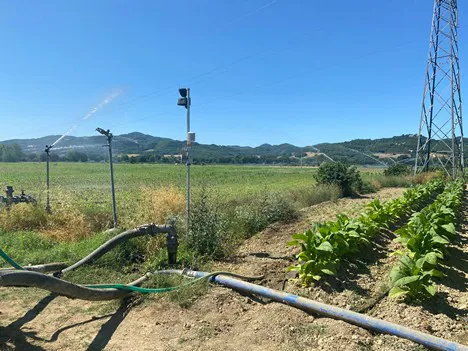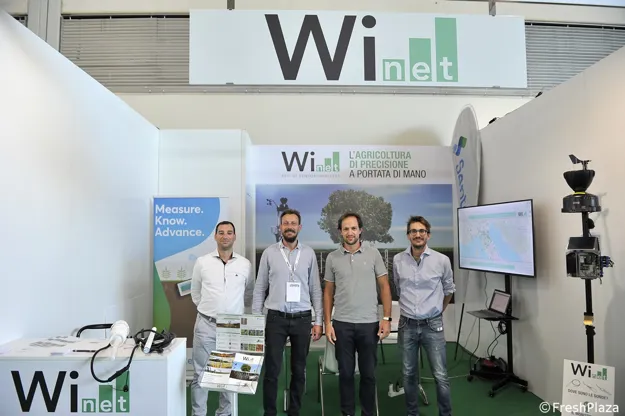"Objective parameters are needed to obtain the best yields and eliminate waste - it is no longer possible to wing irrigation based on one's experience or that of a neighbor," explains Emanuele Tavelli, manager of Winet, a company established in 2011. Winet is currently using sensors for the monitoring and management of agronomic techniques such as irrigation on kiwifruit, apple, pear and industry tomato crops.

"We develop and manufacture wireless sensor networks (WSN) mainly for environmental and industrial monitoring and for hydrogeological issues. The company's core business also includes teaching and dissemination activities that involve training and specialization courses."

Wireless sensor networks represent an important low-cost solution for the distributed monitoring of physical quantities, as they can provide measures characterized by a high temporal and spatial resolution. They are made up of nodes, each equipped with one or more sensors and/or actuators, so they can exchange data by means of radio according to well-defined communication protocols.

For example, the technology is based on sensors placed at different depths that detect temperature, humidity and conductivity every 10 cm between 30 and 120 cm. This is because they only way to assess the irrigation frequency is understanding where the roots actually need water.
"The are various parameters that need to be assessed. By analyzing all parameters, we notify growers when they need to irrigate, how much, for how long and when to stop."
 Left to right: Emanuele Grimaldi, Emanuele Tavelli, Mirco Valgiusti, Alessandro Melandri
Left to right: Emanuele Grimaldi, Emanuele Tavelli, Mirco Valgiusti, Alessandro Melandri
As the system is not invasive, considering the limited size of the nodes and lack of cables, it is easy to install in areas where complex network infrastructures are not possible. The objective is to provide a complete monitoring service which includes the analysis of client specifications, the design and manufacture of the wireless sensor network and the analysis of the data collected.
Winet was established in 2011 as a company to develop software on WSN commercial platform but, "over time, it has gained experience when it comes to both hardware and software, filling gaps on the market. There has been a considerable evolution from the initial business idea towards an integrated system that can solve the requests of potential clients interested in a complete monitoring system or in integrating what they have."
"What is more, we are working on predictive models for oidium and downy mildew that can work alongside those for the main insect species."
For further information:
Winet 
Via Luciano Lama, 120
47521 Cesena FC
+39 0547 632982
info@winetsrl.com
www.winetsrl.com
